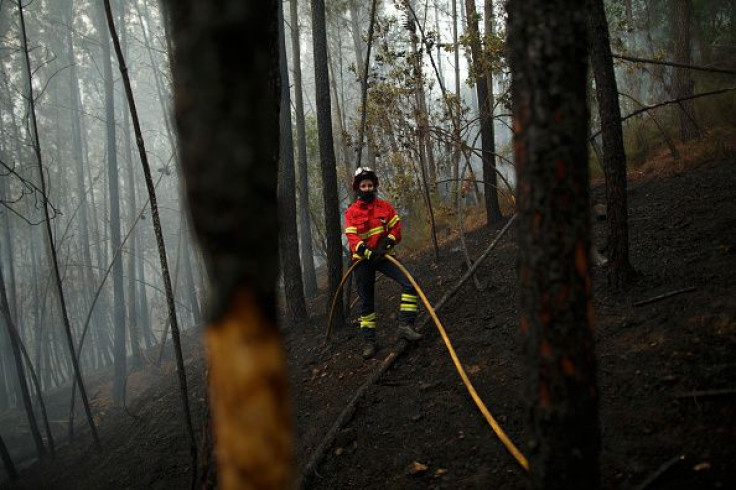Hypermasculine Fire Departments Limit Women Firefighters' Ability To Address Safety Concerns: Study

Being a woman in firefighting is not easy — not just because the job is risky but the discrimination faced at the workplace can turn into an obstacle for the women firefighters to perform their job freely.
Women firefighters, who are “outsiders within”— a term coined by sociologist Patricia Hill Collins to describe the experiences of African-American women — can become the change agent to challenge the hypermasculine culture in the fire departments in the United States that values aggressive behavior over safety, according to a new study from the Drexel University in Philadelphia, Pennsylvania.
In their study published in the Journal of Workplace Behavioural Health in September, authors Jennifer A. Taylor, Ph.D, associate professor in Drexel’s Dornsife School of Public Health; AIF Clinton Fellow Yasin Khan and Andrea Davis, Project Manager, Drexel University School of Public Health, have elaborated how “hyper-masculine environment limits all [women] firefighters’ ability to speak up and, thus, address safety concerns.”
Despite the cultural barriers faced by them, the women firefighters are more likely to try ergonomic techniques when performing a task, the authors concluded after interviewing 30 participants. “We use better technique and lot of guys get hurt because they just try to muscle it or, God forbid, they ask a woman to help with a ladder,” said one of the female firefighters, with more than 15 years of experience, who was interviewed by the researchers.
“What we have heard loud and clear is that not every firefighter — male or female — has the physique of an NFL defensive tackle,” Taylor was quoted as saying in a news release published by the varsity Tuesday. “Fire departments need to be more diverse in their training academies to be sure people know of multiple strategies to apply to each task.”
The study emphasizes that women firefighters are often left out of discussions to improve fire services. It also explains how women firefighters reported acting as change-makers makers in terms of safety behaviors in various ways: Weighing the risks and benefits of dangerous situations, Focusing on biomechanics and technique, Asking for help, Being motivated to report injuries, Being heard by colleagues, and Illuminating a hostile work environment’s contribution to safety.
The status quo of safety practices followed in the fire departments, reinforced by a dominant culture of hegemonic masculinity — defined as actions that promote the dominant position of men over women — has discouraged appearing weak or vulnerable, which makes asking for help socially undesirable, regardless of the sex, for firefighters. The participants also confided that reporting an injury, which is akin to asking for help, is also difficult because it counters the “tough guy,” heroic culture prevalent in the fire departments.
The culture should, therefore, change so that women firefighters can contribute to improving the safety, the research conducted by the Center for Firefighter Injury Research & Safety Trends (FIRST), underlined. Albeit, fire service has the lowest rate of female participation (women make up 3.7 percent of the fire service nationally) when compared to other male-dominated, physically taxing jobs, including police and marines, gender and sexuality are often left out of the occupational analysis.
The research also sheds light on various challenges faced by the women firefighters. For instance, it cites a 2008 study that found 79.9 percent of women firefighters reported ill-fitting gear compared to 20 percent of men, which could be hazardous.
© Copyright IBTimes 2024. All rights reserved.











